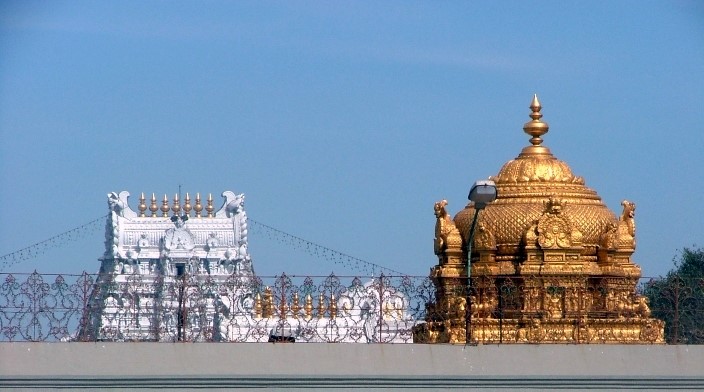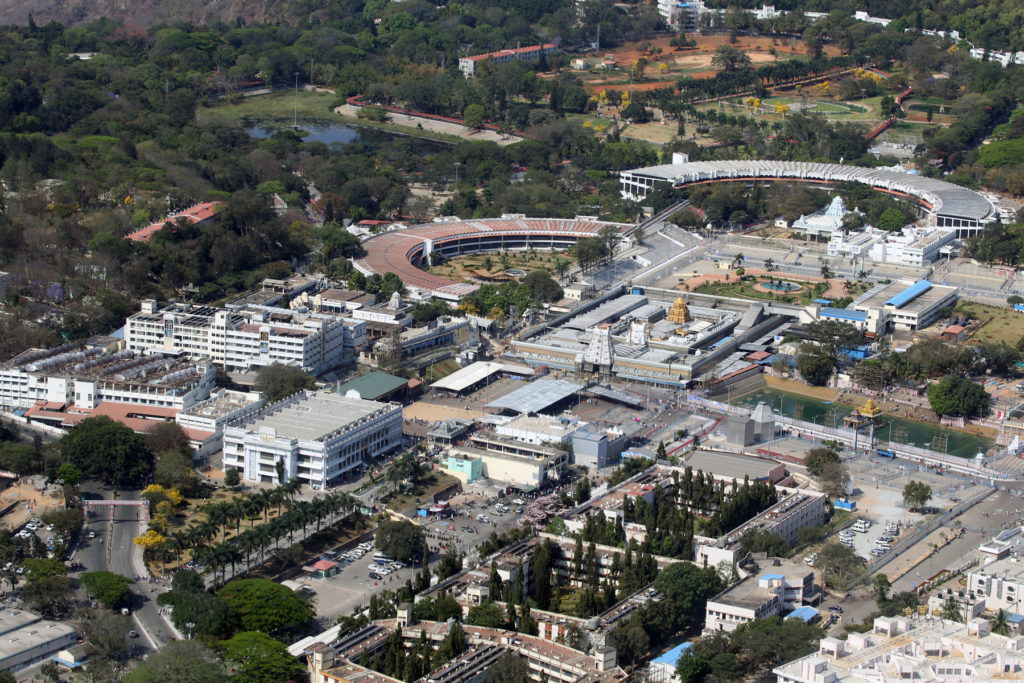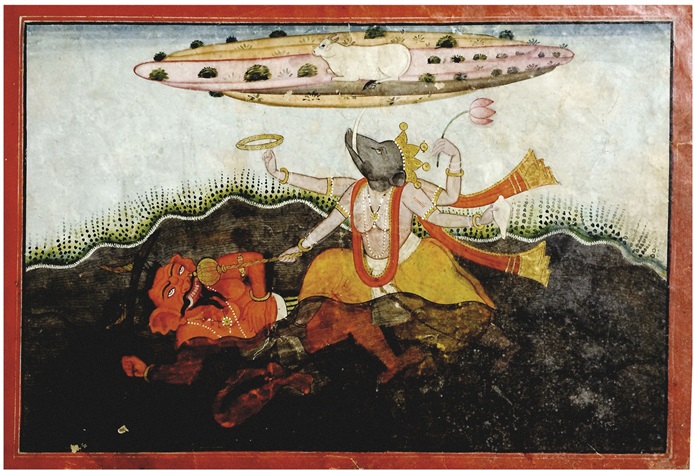Tirumala Hills Tirumala Hills are popularly known as the abode of Lord Sri Venkateswara. These hills are known as Kaliyuga Vaikuntha bestowing and showering the divine grace of Lord Srinivasa upon the devotees uninterruptedly. The Geographical, Pauranic and Divine significance of these hills earn a perpetually grand place among all the mountains and mountain ranges Read More
Tag: seven hills
Tirumala Hills (Seven Hills) are popularly known as the abode of Lord Sri Venkateswara. These hills are known as Kaliyuga Vaikuntha bestowing and showering the divine grace of Lord Srinivasa upon the devotees uninterruptedly.
Glory of Seven Hills
Let us know the importance and glory of Seven Hills. Five Forms As per our scriptures, Lord Sriman Narayana is worshipped in five forms. PARARUPA The form of the Lord with His Divine Consorts in Sri Vaikuntam, being worshipped by the residents there, namely Nityas (Permanent residents) and Muktas (The Liberated Souls); VYUHA The form Read More
Importance of Tirumala Hills
Tirumala Hills Some temples are situated on the banks of rivers. Some can be seen in the forests. Some others are on the mountain tops and others are in caves. The temple of Sri Venkateswara is in a mountainous forest area. Both the Hill and the river have become sacred on account of Swami’s presence. Read More
Glory of Lord Venkateswara – Tirupati Balaji
Glory of Tirupati Balaji Lord Sri Venkateswara is the supreme God. Devotees across the world throng the holy shrine in Tirumala throughout the year to offer their vows on fulfillment of their wishes. A glimpse of God even for a few seconds will make them forget their travails of the journey. Bhakta Sulabha Generally, it is Read More
Varaha Kshetram – Manifestation of Sri MahaVishnu
Varaha Kshetram The Seven Hills of Tirumala in total is being called ‘Varaha Kshetram‘. Sri Venkateswara Swami and Sri Varaha Swami temples are located here. Having the first darshan of Lord Varaha Swami, the darshan of Sri Venkateswara Swami later by the devotees has been a practice for several years and is the specialty of Read More



